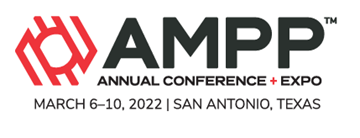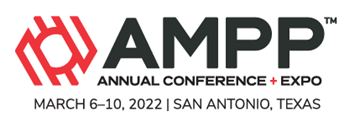Precipitation and deposition of wax or asphaltenes is a commonly encountered issue in the oilfield, causing flow restrictions, compromising the integrity and performance of equipment (some safety critical), limiting access during well interventions, causing “fill” in vessels, stabilizing emulsions and sometimes enhancing corrosion due to under-deposit corrosion and increased biofouling. Developing an effective management strategy that minimizes the total cost associated with these threats requires reliable prediction of whether they will occur, their severity and their location within the production system. Such prediction typically combines the use of compositional data and phase behaviour (typically referred to as “PVT data) with Equation of State (EoS) modelling plus the experimental measurement of key parameters specific to each issue.
Product Number:
51322-17822-SG
Author:
Andrew Robert Farrell, Dario Marcello Frigo, Gordon Michael Graham
Publication Date:
2022
$0.00
$20.00
$20.00
It is widely accepted that the use of live crude oil samples provides the most field representative fluids when investigating asphaltenes and paraffin wax problems in laboratory testing. However, this approach is limited by availability of live samples and the potential that samples collected during drilling will be insufficiently representative due to contamination. Rather than going to the significant expense and operational difficulty and risk of collecting and transporting live samples, it is common practice to use ‘dead’ crude oil, i.e., that which has been degassed to ambient pressure. This facilitates the use of larger quantities of test samples. However as many of the light hydrocarbon components have been lost, the ‘dead’ oil is fundamentally different and can display different characteristics to those of live fluids. Asphaltenes deposition occurs as the volume fraction of light ends increases due to depressurisation. Wax solubility is strongly dependent on light end composition, which is significantly different at elevated pressure compared with atmospheric pressure.
We have investigated the use of re-livened oil as an analogue for live oil in flow assurance testing for asphaltenes and waxes. Re-livened oil is composed of dead oil and one or more volatile ends so as to reproduce much of the behaviour of live oil. Where behaviour differs, it does so in a predictable manner that can be readily modelled using an equation of state simulator. Data are presented to compare the behaviour of live oil, dead oil and re-livened oil prepared by adding only gas, only liquid or a mixture of both. We discuss the benefits and drawbacks of each approach as applied to asphaltenes and wax testing with illustrative examples of the behaviour of each fluid using test data from pressurised flow rigs. The test data are also compared with behaviour predicted using the EoS simulator to illustrate that a calibrated model can be used to predict properties and behaviour under a wide range of conditions.
This work provides a quantitative assessment of the suitability of various fluids for flow assurance testing. The conclusions offer an alternative way in which flow assurance testing can be conducted, with reduced cost and increased correlation with field behaviour.




